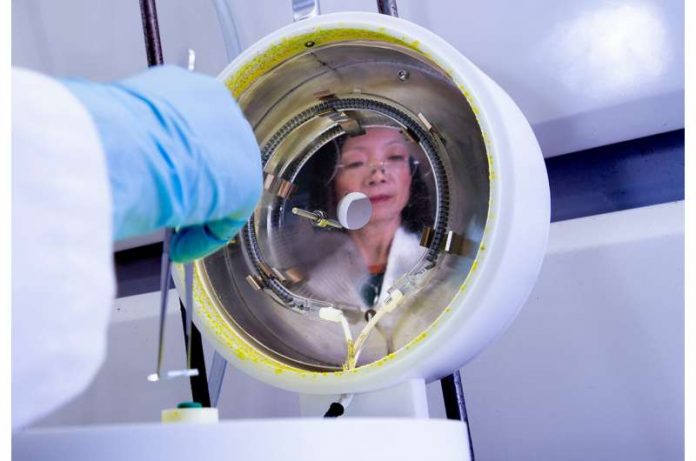In a study published in the Journal of Materials Chemistry A, the researchers led by Professor Hongxia Wang in collaboration with Associate Professor Prashant Sonar of QUT’s Center for Materials Science showed the Carbon nanodots could be used to improve the performance of perovskites Solar cells.
Perovskites solar cells, a relatively new photovoltaic technology, are seen as the best PV candidate to deliver low-cost, highly efficient solar electricity in coming years. They have proven to be as effective in power conversion efficiency as the current commercially available monocrystalline silicon solar cells, but the hurdles for researchers in this area is to make the technology cheaper and more stable.
Unlike silicon cells, they are created with a compound that is easily manufactured, and as they are flexible they could be used in scenarios such as solar-powered clothing, backpacks that charge your devices on the go and even tents that could serve as standalone power sources.
Last year, Associate Professor Prashant Sonar led a research team, including Center for Materials Science research fellow Amandeep Singh Pannu, that turned hair scraps into carbon nanodots by breaking down the hairs and then burning them at 240 degrees celsius. In that study, the researchers showed the carbon dots could be turned into flexible displays that could be used in future smart devices.
After adding a solution of carbon dots into the process of making the perovskites, Professor Wang’s team found the carbon dots forming a wave-like perovskite layer where the perovskite crystals are surrounded by the carbon dots.
Professor Wang has been researching advanced solar cells for about 20 years and working with perovskite cells since they were invented about a decade ago, with the primary objective of developing cost-effective, stable photovoltaics materials and devices, to help solve the energy issue in the world.
The International Space Station is powered by four solar arrays, which can generate up to 120 kW of electricity. But one disadvantage of the current technology of space PVs is the weight of the payload to get them there.








